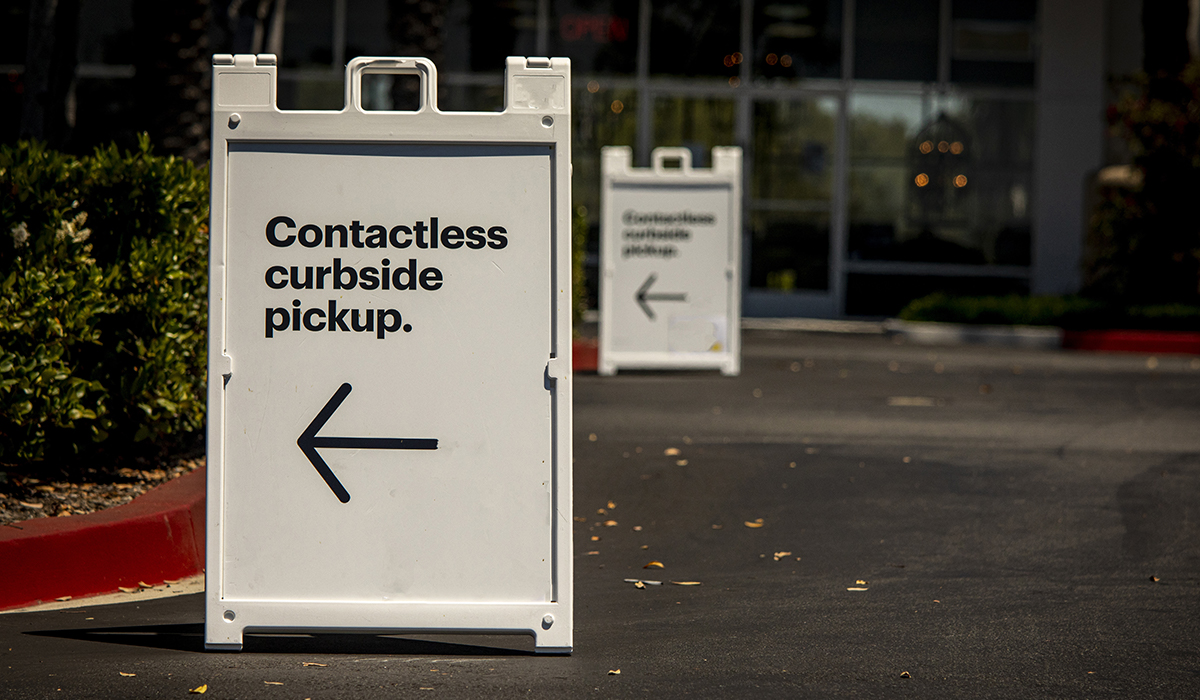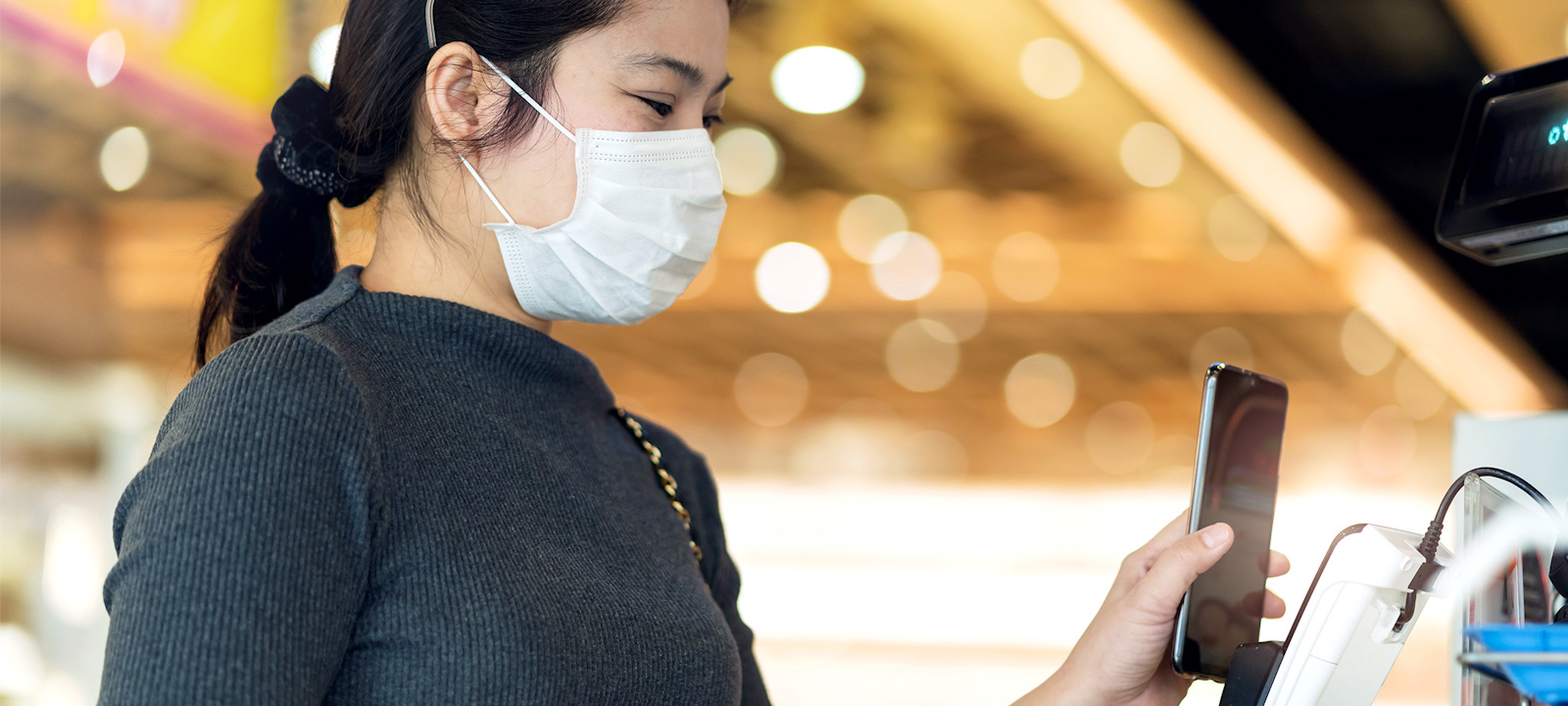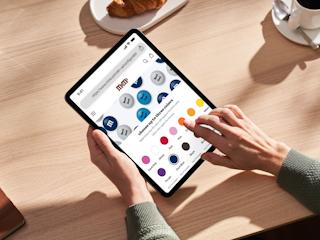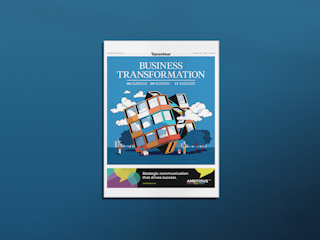While so much of 2020 was focused on the need for things to return to normal, the changes and accelerations brought on by the pandemic are ushering in a new normal as opposed to allowing us to simply go backwards. As such, we wanted to look forward and see what changes B2C companies can expect to see leading into the New Year.
To answer this question, we sat down with four subject matter experts within Valtech: Anna Smedslett is Business Unit Director for the Swedish Commerce BU, Christoph Kipp is Global VP of Commerce, Erik Zingmark is a Business Developer with Valtech Sweden, and Mark Pepin is the VP of E-commerce with Valtech North America. These are some of the highlights of our conversation about the B2C e-commerce trends to watch in 2021.
The Need to Offer Services
With the pandemic forcing everyone to stay home, customers found themselves needing to adapt quickly to the way they order everyday items like groceries. B2C companies likewise had to adjust the way they delivered their products to their customers. But in a world where most everything anyone needs can be purchased on Amazon, the ability to stand out from the crowd has hardly ever been more crucial.
One way B2C retailers will need to adjust in the future is by offering services along with their products. “How do you make the most of your products? How do you add value, and is there any service you can add to your product that is unique to you?” Anna suggested. Using Profoto, a prominent B2B retailer, as one example, she explained the way the company not only sells top-rate photography lighting equipment, but also pairs the equipment with the ability to take classes to become an even better photographer.
 Pairing services with products is exactly the kind of move that will continue to set certain brands apart and give them the ability to differentiate themselves from the major B2C e-commerce giants. But those services don’t have to be limited to classes on proper use of the products. Social offerings should also be an option. “If you’re buying running shoes, or running clothes, the company could then say, ‘Here are some groups in your area made up of running enthusiasts.’ And at that point, that builds brand awareness and loyalty,” Mark explained.
Pairing services with products is exactly the kind of move that will continue to set certain brands apart and give them the ability to differentiate themselves from the major B2C e-commerce giants. But those services don’t have to be limited to classes on proper use of the products. Social offerings should also be an option. “If you’re buying running shoes, or running clothes, the company could then say, ‘Here are some groups in your area made up of running enthusiasts.’ And at that point, that builds brand awareness and loyalty,” Mark explained.
As the world opens and the Covid vaccine circulates, the drive for people to get back into these kinds of social situations will be higher than ever. Brands looking to capitalise on that early might be better off for it.
New Focus on Logistics
2020 has been the year for BOPIS (Buy Online Pickup in Store) offerings. It’s become a necessary, bare minimum offering for a lot of brands. Moving into 2021, brands will need to go beyond the bare minimum, forcing them to think about logistics in new ways.
Brands will have to be more focused about issues with inventory levels and how to meet the increased demand of e-commerce orders, keep brick and mortar locations stocked, all while also making sure they can offer a wide variety of shipping/delivery options to their customers. It’s not going to be enough to give shoppers the ability to BOPIS, nor is only offering one shipping option good enough. Customers’ expectations have changed, and the ability to order something and have it delivered within a time window that works best for them is going to be an expectation more companies are going to have to meet.
 This means making logistics a front-of-mind issue as opposed to a problem you can solve later down the line. Or as Erik put it, “I think they need to put more emphasis on the [logistics] question than they’ve done before. The ability to have deliveries on their timetable is something customers will demand as a service they can buy or that’s included in the purchase somewhere.”
This means making logistics a front-of-mind issue as opposed to a problem you can solve later down the line. Or as Erik put it, “I think they need to put more emphasis on the [logistics] question than they’ve done before. The ability to have deliveries on their timetable is something customers will demand as a service they can buy or that’s included in the purchase somewhere.”
For many brands, offering next day home delivery in addition to BOPIS options will require more thought into how best to fulfil those needs as well as questions about whether or not the infrastructure of the region they operate in can handle such requirements.
Improved Scalability
Everyone paying attention to sales numbers in 2020 knows the story: E-commerce sales exploded around the beginning of the pandemic and into the early summer, and then saw steep declines thereafter, only to jump again around September. Shoppers saw delivery wait times fluctuating and stock levels changing on a month-to-month, or at times week-to-week, basis.
These fluctuations meant that brands needed to scale quickly to meet the demands. “When you have waves of changing consumer behaviour, being able to scale the fulfilment process up and down accordingly is crucial,” Christoph explained. “You cannot rely on staying at a high level because it’s a unique circumstance. Say you grow 100% and then you drop 50% three months later.”
 These types of fast fluctuations were exactly what a lot of brands saw during Covid. And for the brands that saw a major increase in demand but couldn’t scale fast enough to meet it, but then by the time they had scaled up, saw another major decrease, the new need to scale back down was every bit as difficult as the need to scale up in the first place.
These types of fast fluctuations were exactly what a lot of brands saw during Covid. And for the brands that saw a major increase in demand but couldn’t scale fast enough to meet it, but then by the time they had scaled up, saw another major decrease, the new need to scale back down was every bit as difficult as the need to scale up in the first place.
There’s no telling what the next disruption might be or when it may come, so brands need to be ready to scale up and down quickly to stay afloat. Solutions built on legacy systems aren’t likely to have the flexibility to change that quickly. As such, B2C brands need to ask whether a MACH-based architecture is best. MACH systems are more responsive to changing needs or circumstances and, with a focus on Microservices, can scale up and down with ease. For more information on whether MACH architecture is right for you, check out some of our other articles on the topic.
Looking Ahead
These are only some of the top-of-mind trends we foresee heading into 2021. If 2020 has taught us anything, it’s that you can’t be certain of what the next big disruption will be or when it will arrive. As such, being prepared to change at the drop of a hat is of the utmost importance.
We all need to change the way we think about and approach B2C business. Valtech is more than ready to embark on that journey with you and to help guide you through some of the tough questions about B2C e-commerce platforms, logistics and inventory needs, and even looking at MACH architecture to make sure you’re ready to scale at a moment’s notice. The world after Covid might not be exactly the same as it was before, but it will be bright and welcoming, and there’s no reason why B2C companies won’t be able to thrive within it.







